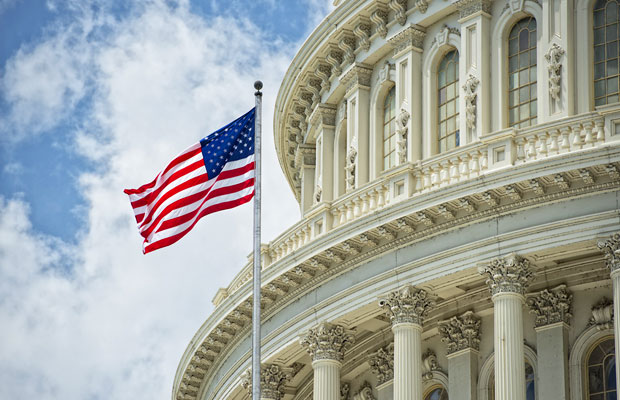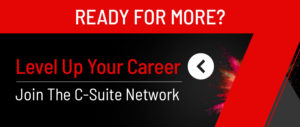
TECHNOLOGY LAW CORNER Kari’s Law: A 911 Fix That Will Make the US Safer
TECHNOLOGY LAW CORNER Kari’s Law: A 911 Fix That Will Make the US Safer https://csuiteold.c-suitenetwork.com/wp-content/uploads/2017/08/technology-law-corner-karis-law-a-911-fix-that-will-make-the-us-safer.jpg 620 400 C-Suite Network https://csuiteold.c-suitenetwork.com/wp-content/uploads/2017/08/technology-law-corner-karis-law-a-911-fix-that-will-make-the-us-safer.jpg
ALL EC Ecommerce Exchange
Looking for ecommerce software or service providers for your online business? Search and compare vendors by specialty and location. Choose the best solutions to help your business grow and succeed.
Put ALL EC to work for you today!
The 911 emergency number was created back in the day when telephones were connected by wires, before cellphones or VoIP (Voice over Internet Protocol) in the home, and before Multi-Line Telephone Systems (MLTS) in the enterprise.
In the early days, anyone could dial 911 for police, fire or medical emergencies. However, in 2017, dialing 911 unfortunately is no guarantee that a call for help will reach a 911 service that can identify the location of the caller immediately. As a matter of fact, when consumers dropped land lines and started using Internet phone services like Vonage, a 911 problem surfaced.
A Vonage phone was hooked up to the Internet, and no physical location was connected. So after litigation Vonage (and other competing services) changed the requirements to use the service, obligating customers to register their physical addresses. MLTS raised a different, but equally problematic, issue.
Disaster for Kari Hunt
Kari Hunt in 2013 was stabbed repeatedly by her estranged husband in a motel room in Marshall, Texas. Her three children also were in the room. During the brutal attack, her 9-year-old daughter called 911, as she had been taught to do. She tried several times, but dialing 911 did not get her to an emergency response hotline. In the motel, she had to dial “9” to get an outside line, and then dial 911. Kari passed away in that motel room.
Kari’s daughter had no idea that multi-line telephone systems, like those in motels, hotels and businesses, required someone to dial a separate number for an outside line. Many adults, under such stress, likely would forget to dial a 9 to get out.
Kari’s family launched a campaign to fix the 911 system in MLTS and require direct dial of 911. In 2015, “Kari’s Law” was adopted in Texas, and adoption quickly followed in Maryland. Tennessee and Oklahoma adopted Kari’s law in 2016. Other states and local governments have followed suit.
How About a US Law?
At the federal level, though, it has taken a bit longer. H.R.4167 (114th Congress), which would have amended the Communications Act of 1934 to require MLTS to directly call 911 “without dialing any additional digit, code, prefix, or post-fix…,” passed the House but the Senate version failed to emerge from committee.
There are a few issues with direct dial from multi-line systems. Assume you have a MLTS with four-digit dialing for internal phones (e.g., dialing 1512 connects an internal employee to…



